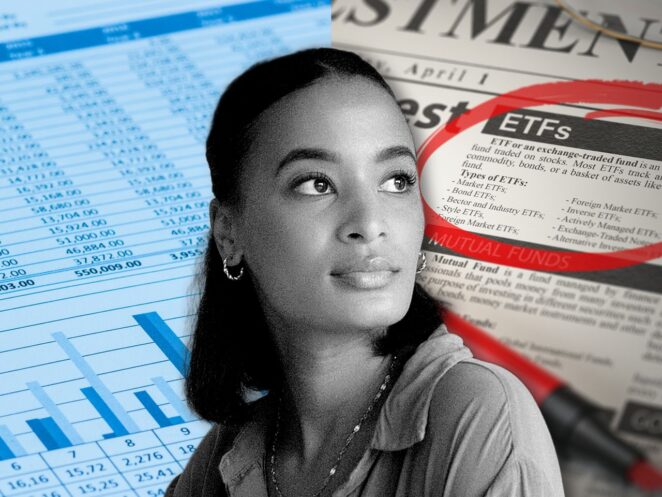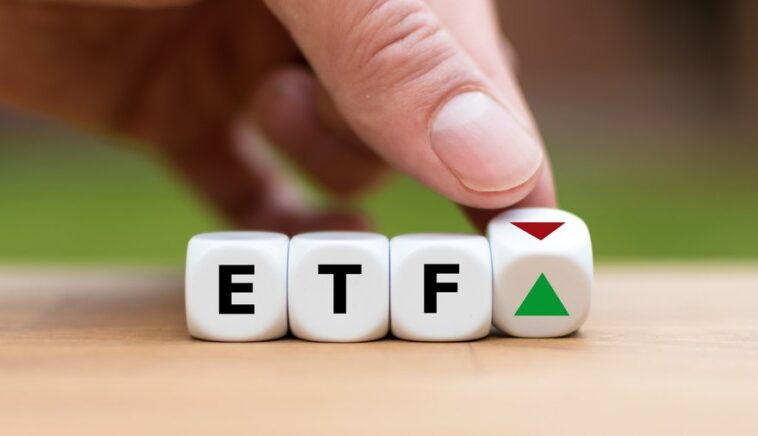Some investors consider that markets will only go up, while others have a different opinion. Investors often turn to ETFs to lower losses when markets fall. When the stock market goes down, inverse ones may increase in value.
How can you protect your portfolio against potential losses? An Inverse ETF can be a reasonable option. In this article, we are going to talk about the pros and cons of investing in inverse ETFs and whether you should take into account inverse ETFs in volatile markets.
The Basics of Inverse ETFs

We all want to have enough funds to cover all the necessary expenses and purchases. If you don’t have any profit from your investments yet or you are just at the beginning of this journey, guaranteed mortgage approval may help you become a proud homeowner. Those who want to hedge a stock portfolio and start investing may opt for inverse ETFs. What does an inverse ETF mean?
This is a kind of exchange-traded fund that utilizes derivatives to benefit from the decline of a certain industry or a stock market index. It may be a decline in the tech or energy industry. You get a chance to sell or purchase a particular asset or security with the help of futures contracts. It can be performed at a set time and price. The mentioned futures contracts are utilized by inverse ETF managers every day.
Investors who use these publicly traded investments believe that a certain individual security or market will lose value soon. Inverse ETFs help them prevent losses during this decline and take advantage of it. In other words, inverse ones may serve as alternatives to short selling.
What does this tactic include? It includes utilizing a margin account in order to borrow shares of an asset. Later, this asset will be sold to make a profit. Inverse ETFs offer certain benefits to investors.
How Do Inverse ETFs Work?
According to Investor.gov, exchange-traded funds are SEC-registered investment companies that offer investors a way to pool their funds in a fund that invests in valuable assets, stocks, or bonds. In return, investors get an interest in the fund. SEC-registered investment advisors manage the majority of ETFs.
Derivative contracts are utilized by inverse ETFs. It involves forwards, futures contracts, options, or swap agreements. All of that is needed to build a portfolio of securities as opposed to a certain asset or index. What is a futures contract? This is a legal document made by an investor to sell or purchase a certain asset at a certain price or time. Such agreements may be utilized to sell or purchase investments automatically in the future.
Is It Worth Investing in Inverse ETFs?

Here are the main advantages and drawbacks of inverse ETFs to help you make the right decision.
Pros:
- Risk adjustment. There is no need to make a margin account unlike when you use shorting. Back stock shares won’t be sold at an inflated price in case the investor’s predictions were false.
- Accessibility. An online broker may sell you inverse ETFs the same way stock or index ones are sold.
- Hedge potential. The losses can be offset by an underlying index in case the investor’s predictions came true.
- A wide range of securities. There were 88 inverse ETFs to select from in November 2024. This list comprises fixed income, equity, as well as commodities.
Cons:
- Volatility. You should be prepared that share prices for inverse ETFs may change rapidly once in a while.
- High fees. The fees for inverse ETFs may increase by over 1% while standard index-based will remain at 0.03%.
- Dedication. Investors should follow price alterations of inverse ETFs and make a smart decision on when they should sell as these funds are extremely volatile.
What Are the Risks of Investing in Inverse ETFs?
The total net assets of the ETFs in the USA reached 7.19 trillion US dollars in 2024. In 2002, this number was 102 billion, which shows continuous growth in the popularity of this investment option over the past two decades.
Speaking about the risks connected with inverse ETFs, you should be prepared for them. There are certain risks and downsides you need to take into consideration before you choose this option. Frequent monitoring is required in the first place as these investment vehicles are considered highly volatile.
Here are some of the common risks you need to take into account:
- Derivatives may increase risk. Many inverse ETFs utilize derivatives to provide extra risk. While these securities have the potential to generate returns, they also expose the investment and the investor to additional credit, liquidity, and correlation risks.
- Losses may add up. The majority of inverse ETFs are built on everyday returns. Thus, when an inverse one is held for over a day, the losses will add up together with the growth. The inverse ETF might not mirror the index thoroughly depending on the way performance is conducted.
- The impact of short selling boosts risk and volatility. In case derivatives are used, the total risk of an inverse ETF is increased. It may not just make this type of investment less liquid but also boost its volatility and lower returns.
- Correlation risk may impact gain. Correlation risk is what can heavily affect the return on an inverse ETF. Factors such as transaction costs, brokerage fees, and illiquidity are included here. Profits can be taxed as regular income. Any gains on leveraged ones are treated as short-term profits. So, it may boost the general risk and tax burden for the investor.

The Bottom Line
Summing up, inverse ETFs were designed to help investors profit from a market decline. These are short-term investments used by those investors who believe a specific market will lose value in the near future and it can become a way to hedge losses for them. On the other hand, there are some risks and downsides of this option, which should be taken into account.




